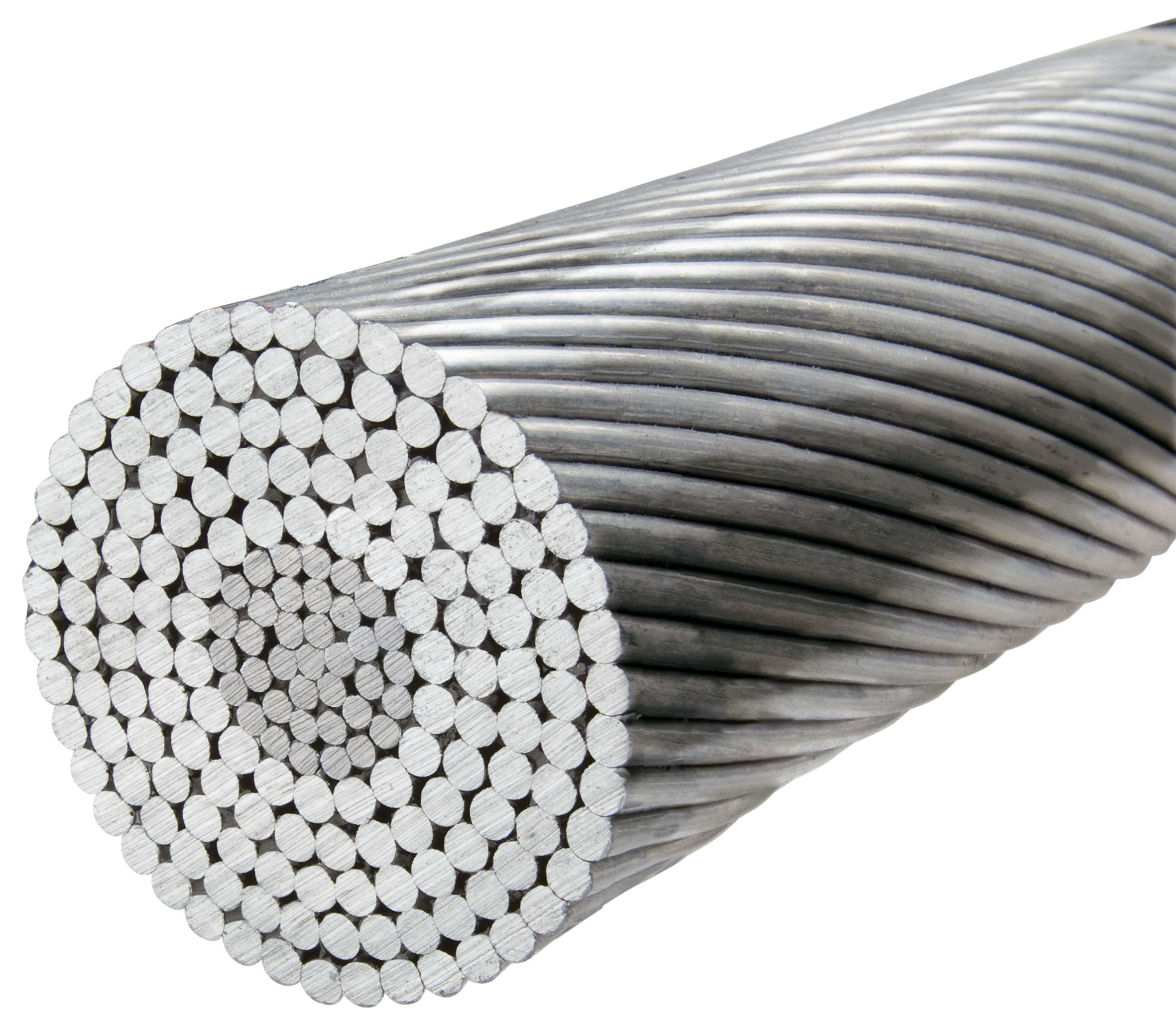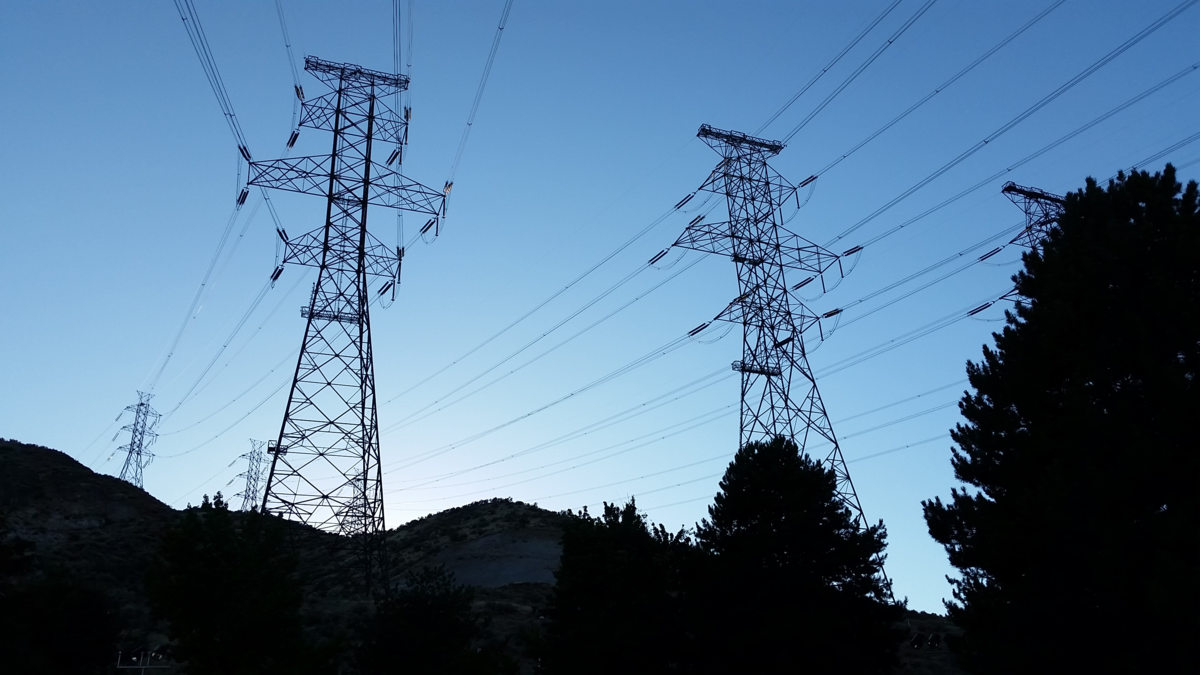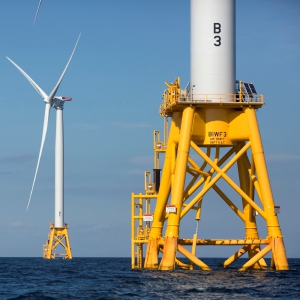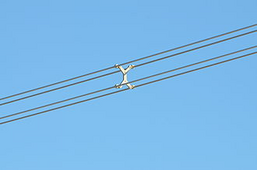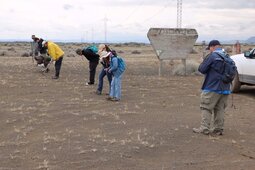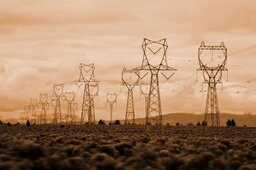I'm going to make a long and maybe too-comprehensive reply.
Solar farms, large-scale battery-based storage facilities, and wind farms would all prefer to interface to an HVDC "grid" - but no such grid exists in the USA. (As far as I know, the only multi-point DC interconnect on this continent is in Canada, with just 3 shared endpoints). All other HVDC power distribution in the USA is point-to-point, generally converted to 60-Hz AC at the "consumer" endpoint.
The biggest of these HVDC distribtuion lines is the "Pacific DC Intertie", AKA "Path 65", providing about half of the Los Angeles power demand peak in summer. That's when Air Conditioning causes high demand in southern california. In winter, power transmission is actually reversed - supporting higher consumption in the North, for heating and lighting.).
When transmitting DC current, metallic electic cable wires do not suffer from a "surface" effect - the entire cross-section (diamater) of the cable is in use. Cables are more durable and cheaper to build. The cost issues arise at the endpoints, where power converters must either modify DC voltage between source and destination, or convert to AC (as 2-phase or 3-phase Inverters).
Altrhough AC transformer prices have been increasing in recent years, 'power converters' are vastly more expensive. The power converters are also less reliable, and generally have shorter lifespans. (Even though the lifespan, safety, and reliability of AC transformers has been an issue in man outages, both large and small.)
Although the paper referenced by the starting post was focused on AC Voltage "upgrades" rqdes to only 500Kv, newer and better-researched papers have shown voltages greater than 700Kv to be more cost effective for lengthy paths within the two more comepetent Intercoonects (Western and Eastern, excluding Texas - which is both non-cooperative and incompetent.). Lower voltages remain popular because power companies like staying with more familliar, less reliasble and less cost-effective products. In my own neighborhood, NV Energy is planning to build a new power line for energy exchange (primarily sales from growing Solar generation) into California, - but they propose only 500kV, again as an AC power line, even though the distance is fairly long and the fire/weather risks along the route are very high.
I have a fairly good understanding of current high-power electrical procution and distribution technologies (Path 65 runs North-South, about 40 miles East of my house, and my brother is an expert in large-scale grid outage prevention and blackout recovery.) The superior reliability, efficiency, and compatibility with increasing generaration from lower-carbon production methods (solar, wind, and perhaps others) makes the choice of adding new transmission capacity as a multi-point HVDC backbone better (for numerous obvious reasons, both technically and financially - but the political power of entrenched "AC-only" electric operators, and their enormous existing investments makes it hard to create, Their close relationships with wealthy and powerful cabon-based energy compaines adds more challenges, on both political and fiancial fronts.
An HVDC backbone would not have the phase-matching problems of current interconnects. Use of smaller AC distribution areas would also provide easier backout recovery processes. It would probably not induce high rates of cancer in people and animals living near power lines and voltage converters -- and AC problem (relating to rapidly shifting mageantic fields) which has not been adequately studied or documented - because the results would almost definitely offend the rich and powerful, perhaps even creating panic among homeowners living near transformers.
The USA suffers from low reliability, too many companies fighting aganst the public interest, and each other for maximum profits. The companies have great political power and they are regulated poorly, with frequent "revolving door" job changes between regulating commissions and the supposedly regulated companies. We have the slowest approval process in the world for adding new power lines, with no policieis favoring the construction of safer DC power lines. Unfortunately, I do not see any reason to anticipate a lot of improvements in any of these areas soon.



